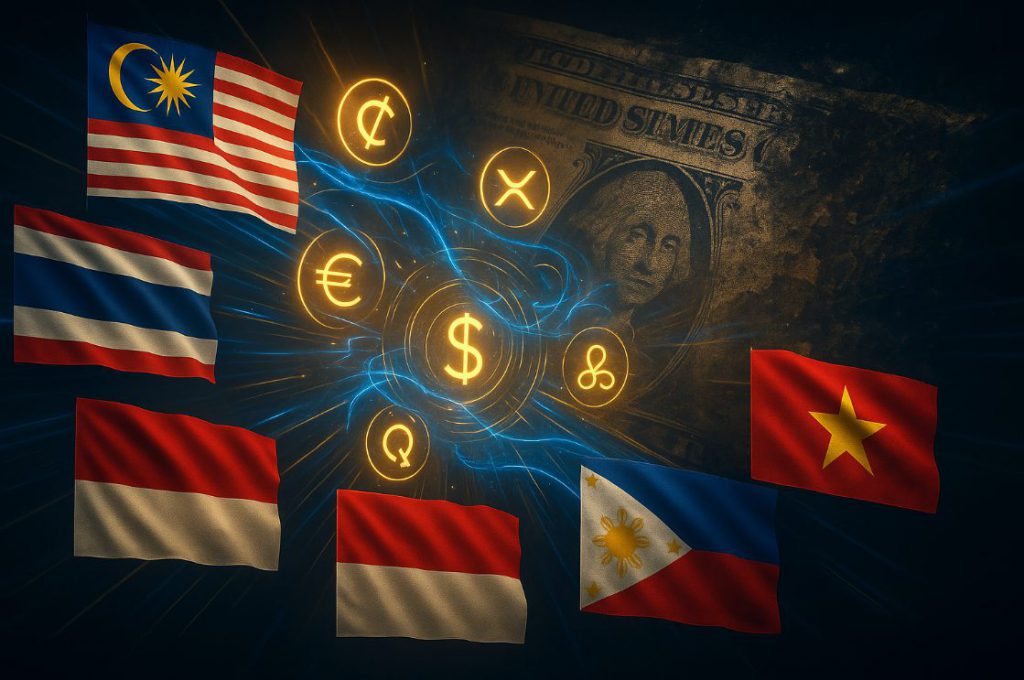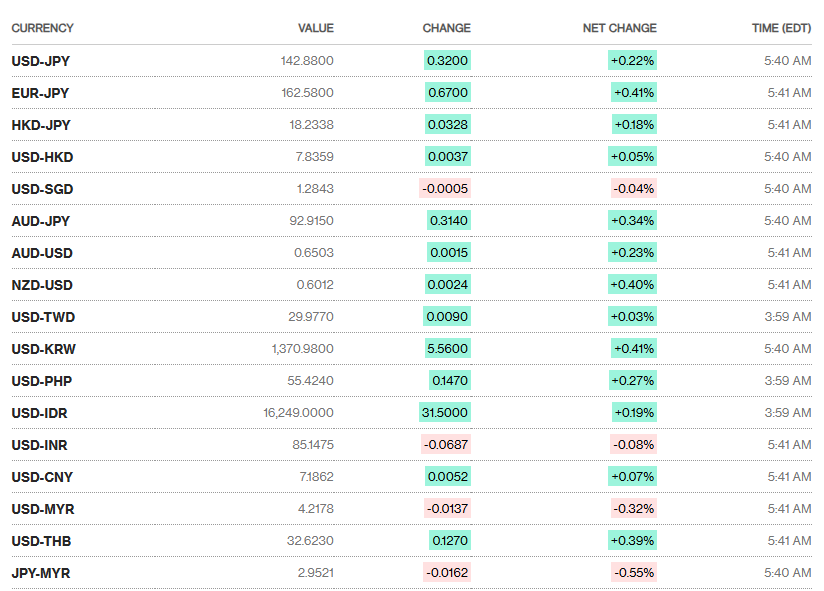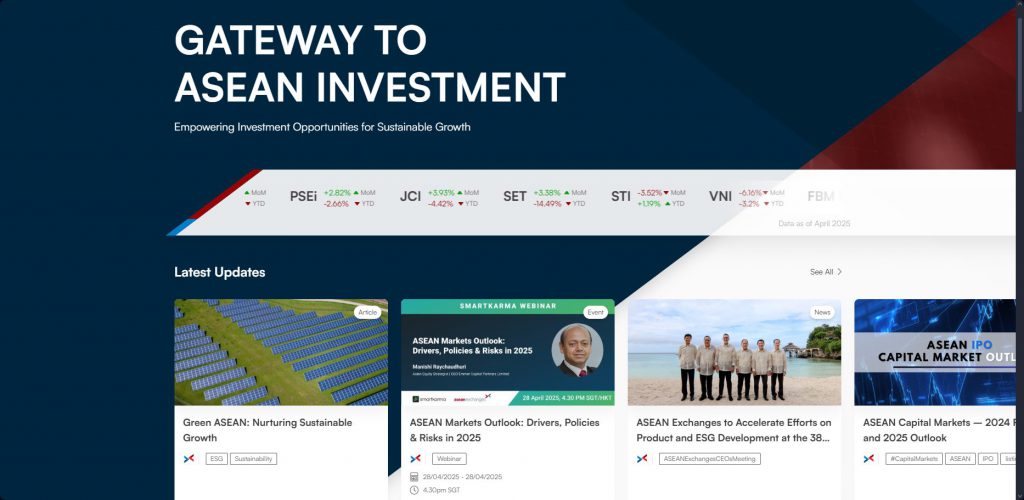ASEAN Nations Ditch the Dollar as US Tariffs Spark Trade Revolt
Greenback dominance faces a mutiny in Southeast Asia. ASEAN traders are slashing dollar reliance—opting for local currencies and digital alternatives after US tariffs disrupt supply chains.
No more ’king dollar’ complacency. From Bangkok to Jakarta, businesses bypass USD settlements using bilateral swap lines and crypto rails. Even central banks are quietly stockpiling gold.
The irony? Washington’s protectionism just accelerated the very de-dollarization trend it feared. Guess those Treasury secretaries forgot Econ 101: when you weaponize a currency, people find alternatives.
 Source: transportgeography.org
Source: transportgeography.org
ASEAN Eyes BRICS, Local Currency to Resist U.S. Dollar Pressure

Malaysia’s Foreign Minister Mohamad Hasan said:
The de-dollarization trend is intensifying as six ASEAN members face tariffs ranging from 10% to 49%. Malaysia confronts a 24% tariff rate, and this is pushing local currency adoption across the region right now.
Currency Substitution Accelerates Regional Trade
ASEAN’s local currency initiatives are gaining traction through cross-border digital payment systems. The bloc’s QR code system cuts payment costs by 30% while also enabling currency substitution mechanisms that reduce dollar dependency, at the time of writing.

Malaysian Foreign Minister Mohamad Hasan has also emphasized:
Thailand, Malaysia and Indonesia are joining the group as members, helping to provide additional alternatives for countries to MOVE away from using American dollars. A growing number of local currency trading agreements are being created as countries try to free themselves from the influence of the dollar.
De-Dollarization Strategy Targets Financial Independence
The de-dollarization process is accelerating through coordinated ASEAN responses. Malaysia’s investment minister posted that tariff volatility creates significant challenges, and this is driving currency substitution initiatives across the region.
Malaysian Investment Minister Tengku Zafrul Aziz had this to say:
BRICS payment systems are expanding rapidly, with China’s CIPS connecting over 1,300 banks worldwide. Yuan payments represent 47% of China’s international trades, and this demonstrates successful local currency implementation at the moment.

Currency substitution efforts extend beyond ASEAN borders as BRICS nations build comprehensive trading systems. The de-dollarization movement is reshaping global financial architecture through innovative payment solutions, and these changes are happening at an accelerated pace.
ASEAN’s financial systems are becoming more independent which is strengthening regional integration. Because the bloc has a united plan to reduce its reliance on the dollar, it weakens the dollar’s grip and helps achieve price stability for local currencies in Southeast Asia and this process is becoming stronger over time.

